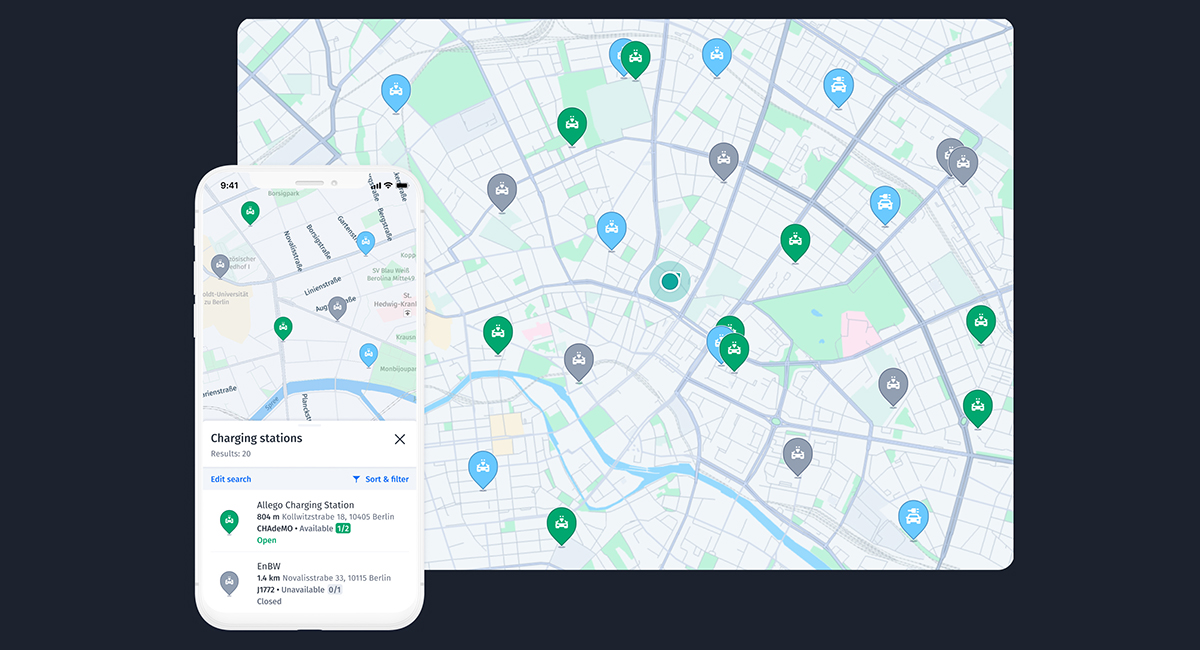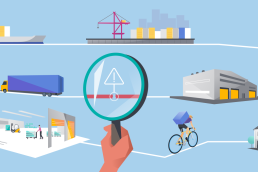Free Maps and Navigation APIs vs Paid Mapping APIs: Which one is right for you?
There is a large number of mapping APIs on the market today and choosing the right one will play a major role in determining whether your solution is able to meet your goals – in terms of accuracy, efficiency, sustainability, privacy, and more.
One of your main considerations when choosing a platform should be whether to go with a paid or free mapping API. Cost is always an important factor for any business looking to deploy their own digital solution – but scrimping on your chosen API can backfire in the long run. Below, we take a look at the pros and cons of choosing a paid mapping API or a free one and the kind of impact this choice could have on your location solution.
A free mapping API
First of all, let’s take a look at the positives of selecting a free mapping API – and the main one is far from a surprise – it’s completely free! Even though these APIs won’t cost you a penny, many still provide rich data sets and access to a range of location features. This means you may still be able to use a free API to create a location-dependent tool capable of doing everything you need it to.
Unfortunately, there are likely to be a few drawbacks to using a free mapping API. Firstly, the data quality is more likely to be inconsistent, with much of the information provided by volunteers. At the same time, it may be more difficult to guarantee the accuracy of the data you use. This is because many free mapping APIs rely on raw geodata or open-source mapping libraries – and a lack of metadata means it is sometimes difficult to even find out where any particular piece of mapping information has been sourced from.
While free mapping APIs may be suitable for a small-scale application with a limited userbase, what happens if your solution proves popular? Most free APIs won’t have the capability to scale and support your app’s increased usage. This will leave your developers scrambling to find another suitable API – forcing them to transfer their app’s existing functionality and hope that it continues to work.
An example of the kinds of restrictions that often accompany free APIs can be seen with an Open Database License (ODbL). An ODbL is a license agreement intended to allow users to freely share, modify, and use a database but has a lot of restrictions when you want to use this data in a commercial application. One is that derivative products should also be free for anyone, closing off a potential revenue stream for your company.
Plus, if issues do arise with your free mapping API, another problem is finding the help you need. Free mapping APIs are far less likely to have a dedicated support team to respond to any queries you have. This means that if the API is using misleading information or causing glitches in your app, there may not be anyone to help you. You’re on your own!
A paid mapping API
If your financial resources allow, you might instead decide to opt for a paid mapping API. Even if you’re pretty sure your budget will stretch to a paid API, it’s worth double-checking the fine print before signing up with a particular platform. Payment plans are usually either pay-per-use or a one-off fee, so the cost of selecting a paid mapping API can vary significantly from platform to platform.
However, the benefits of opting for a paid API are numerous. For a start, data quality is likely to be of a higher standard, backed up by workers tasked with verifying information, guaranteeing reliability, and providing documentation around API functionality. The data underpinning paid mapping APIs, such as Google Maps or HERE, is constantly updated and flexible enough to support applications of all sizes. And crucially, paid mapping APIs also have a support team on hand to resolve any challenges you may encounter, guaranteeing uptimes, meeting service level agreements and more. Another hot topic is ownership of the data and privacy. With a paid mapping API, you have added security here.
When it comes to maps and navigation APIs, costs shouldn’t be your only consideration. If you want access to the latest technologies, like predictive analytics, geofencing, and customizable UI elements, then a paid API is the way to go.
The right route to take
Ultimately, whether you decide to use a free or paid mapping tool is likely to depend largely on your financial means and if you need a reliable and stable solution users can trust. But remember to think long-term. If you choose a lesser-quality, free mapping API, it may end up costing you more over time due to the revenue losses that are likely to result from inaccurate data or reduced functionality.
If you have decided to work with a paid mapping API, make sure you consider HERE Technologies, ranked No.1 for location data and services. Used across several industries, from retail to transportation and logistics, the HERE platform has over 1,300 enterprise customers and serves 550,000 direct developers worldwide. HERE has some of the highest levels of R&D expenditure in the industry, which lets them pursue the latest trends in mapping. What’s more, by working with the HERE reseller, Local Eyes, you’ll gain access to a dedicated and experienced support team that adds value to HERE’s location services.
Look beyond the price tag. See how working with HERE and Local Eyes can provide you with a mapping API that will more than pay off by delivering a first-rate solution – along with the expertise you need to optimize it.
Local Eyes B.V. is a leading reseller and integrator of geospatial technologies and data that has been contributing to its client’s success for the past 10 years by optimizing their decision-making and logistic processes. If you’re interested in learning more about how Local Eyes can provide you with a mapping API, get in touch today.





